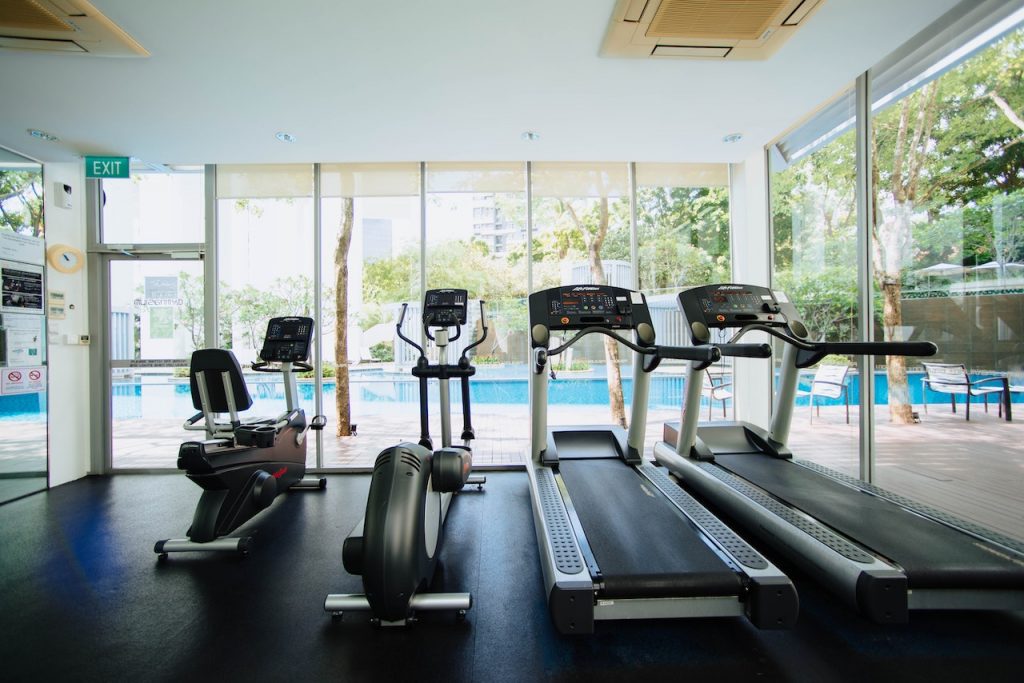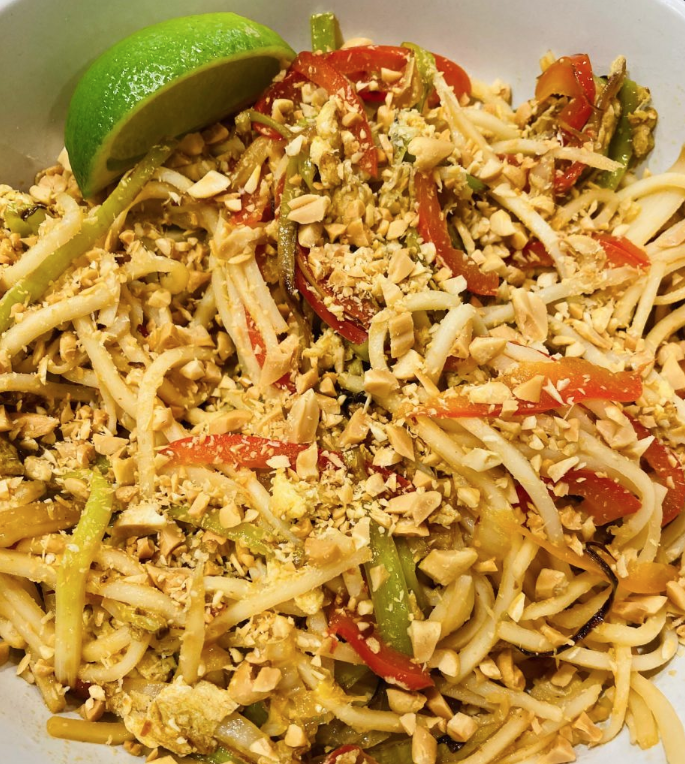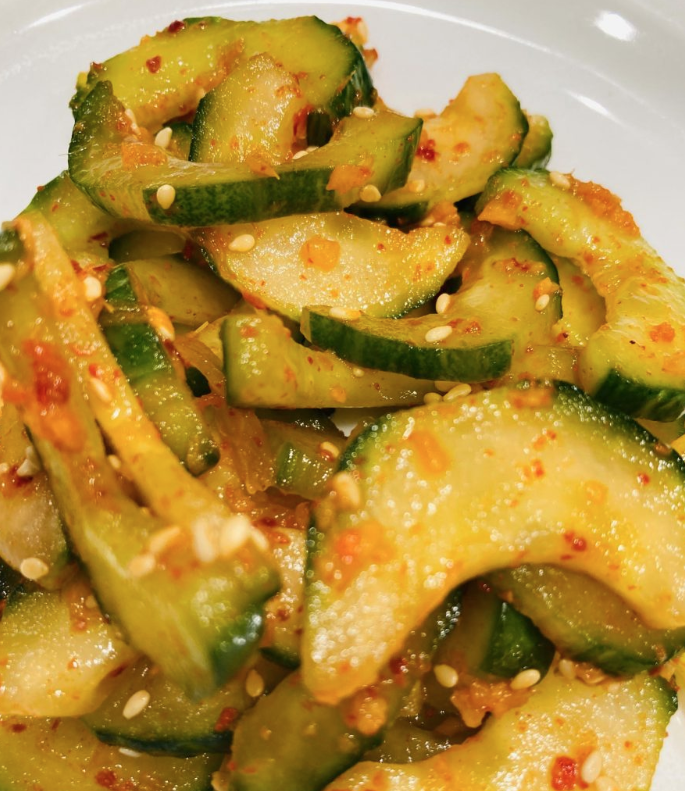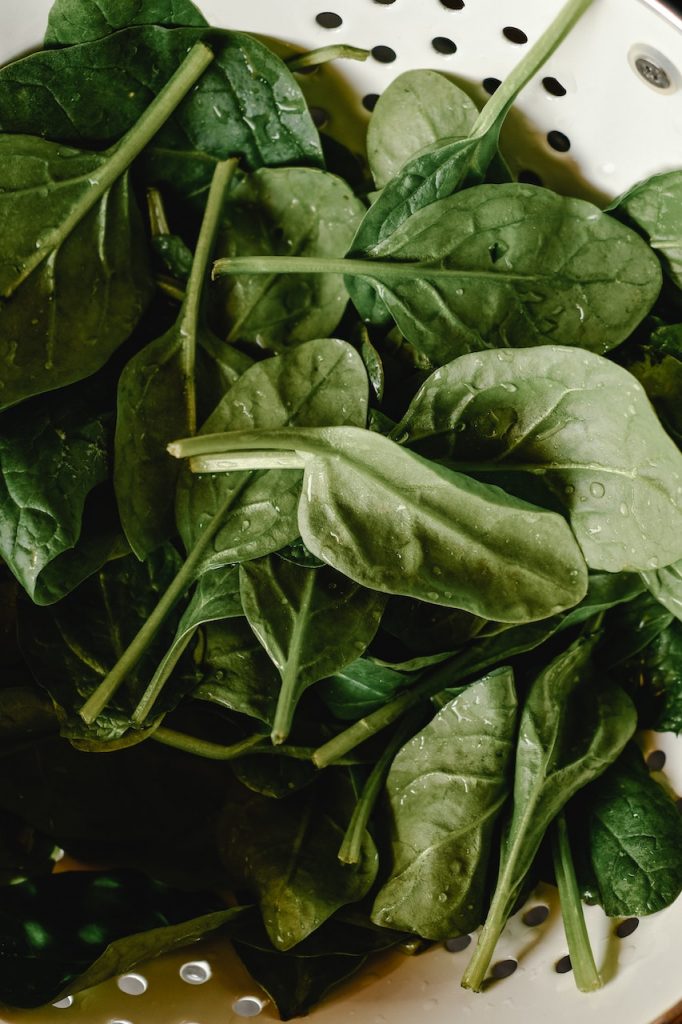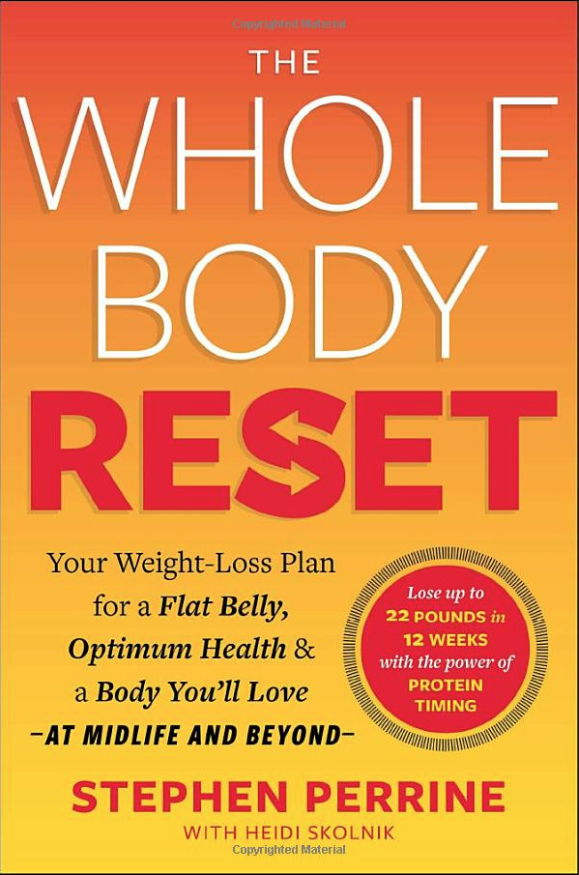
I have been in nutrition for over 35 years and have read literally hundreds of popular books to help others navigate the plethora of diet books. The Whole Body Reset by Stephen Perrine caught my eye as it was specifically for those in mid-life and beyond. Most nutrition and diet books don’t really discern between a 25-year-old and a 60-year-old which makes their recommendations less than appropriate for older adults. Further, most diet and nutrition books offer little except hype and the next fad diet. Not so with The Whole Body Reset. The book offers the latest research in the area of timing protein consumption. It examines how the older person metabolizes and utilizes protein in a much different way than younger adults. This makes it important (imperative) to consume adequate protein and fiber at each meal. The book offers a simple guide to eating this way including many recipes. This way of eating is not contrary to what we know is paramount to healthy eating or eating the traditional Mediterranean diet but a way to time our protein to preserve muscle, build muscle and achieve and maintain a healthy weight. I encourage you to give this book a read. If you want a quick summary – I offer you this. Eating 25-30 grams of protein and 5 grams of fiber at each meal stimulates protein syntheses and helps us build and maintain muscle. See this blog for more details about why this is so important.
You might also enjoy:
5 Healthy Habits to Improve the Quality of Your Sleep
5 Tips to Stay on Track When Routines Change
Don’t miss another great blog: Subscribe Now


